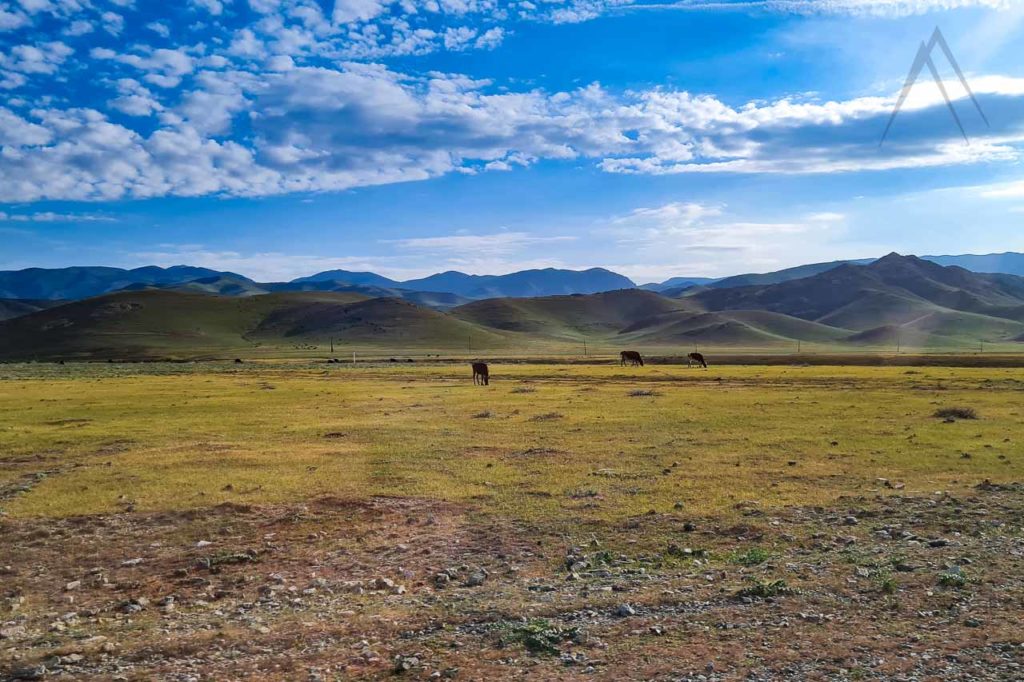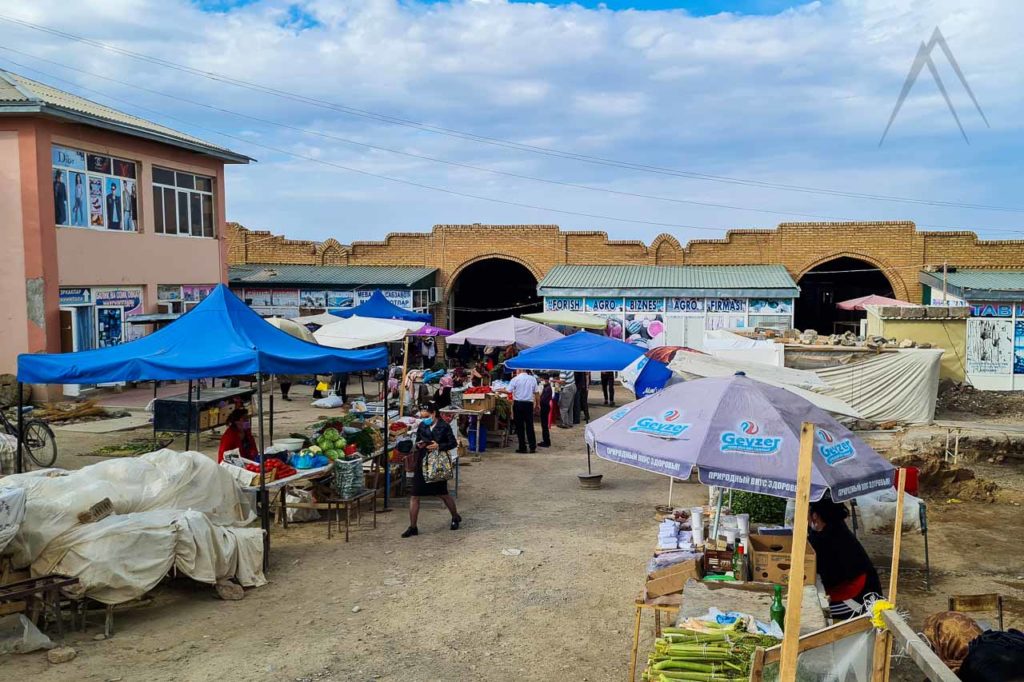Nuratau Mountains
Nuratau Mountains
Uzbekistan has a great variety of climatic zones from arid deserts of Kyzylkum and Karakum to the snow-capped peaks of Tien Shan Mountains along with its rivers and lakes, dense forests together with arid steppes. Some of the natural features have acted for long as barriers for people and in in this case for military activities as well. The Nuratau mountains are located between the cities of Nurata and Jizzakh and south of lake Aidarkul and basically north of Samarkand and northeast of Bukhara.
Nuratau Mountains spread out between the Kyzylkum Desert in west and the barren steppe (hungy steppe) in east and are sometimes referred as the black mountains due to their dark color. The highest peak of the Nuratau mountain is the Khayatbakshi Mount with the peak of 2169 m above sea level. This area attracts visitors with its wealthy history, unique monuments and mild climate.
Sentyab Village
Sentyab or Sentob is perhaps the most popular village in Nuratau area with guesthouses for tourists. Recently, Uzbekistan started promoting homestay tourism and Sentyab has been chosen as a showcase for this purpose. Interestingly, three hostels there are named after their owners’ wives.
Sentob village is situated 30 km south of Aydarkul Lake, at the northern edge of Nuratau mountains. This small village has preserved the calm and pure values from the past and appears as a place where a small part of original nature and old style housing have survived the time. This cozy village is comprised of green gardens with large trees, houses built of natural stone and donkeys serving as the mean of transportation. Around the village, you can also have a pleasant hiking experience in the hills and mountains. The paths lead you through the Sentyab food forest sprayed with walnut, pistachio and fruit trees. There are also other even less visited small villages along the northern edge of Nuratau mountains that will surely gladly welcome a rare tourist.


The Tamerlane's Gates
Gates of Tamerlane or the iron gate (Temir Darvoza) is located at the tiny gorge on Sanzar River, flowing on the eastern part of Nuratau Mountains close to Jizzakh. The Tamerlan’s Gate is the most narrow part of the gorge with 120-130 meters of width. The passage in the mountains divides ranges of Malguzar Nuratau and the Pamir-Alai. This passage is named in honor of the great commander Amir Temur (Tamerlane). On the eastern rock of the “Gate”, you may find an inscription in Persian language, made by Ulugbek and Abdulla-Khan rulers when they passed through this corridor.
This narrow gorge is a place that according to legends and some proven history has been used to attack and defend different empires throughout the history. There is a parking place at the place of gate and a small cave next to the inscription. The place is not that impressive but it is easy to check while traveling between Samarkand and Jizzakh as there is a large road just by the sight. The minibuses between the two cities also pass by this sight.
It is known that the iron gate of Amir Temur is a strategic location related to a system of fortifications and fortresses located on the Great Silk Road at Nuratau. The area is mentioned in the work of Babur – “Baburname”. This gorge was also known in the past as the Jizzakh Pass.
Tours including Nuratau or Aydarkul
Nuratau Nature Reserve
The Nurata Natural Reserve is located in the middle section of the Nuratau Mountain Range. The reserve occupies the area of 17,752 ha. The Reserve was founded in 1975 to conserve the population of a rare endemic subspecies of Severtsov’s urial included in the Red Book of IUCN and the Red Book of Uzbekistan as well as to preserve the genetic variety of the walnut and other cultivated types of fruit, as the territory of the Nurata Reserve was recognized as one of the centres of plant cultivation in Central Asia. The area of the reserve includes about ten watercourses of different sizes carrying clean and transparent waters north towards Lake Aydar and at the lower slopes there are several small villages next to the rivers.
Most of the rivers and streams running from the Nuratau Mountains are seasonal, and just few ones running from the southwestern slopes of the range are big enough to reach the Akdarya, one of the Zeravshan’s branches.
The central part of the Nuratau Range features numerous springs that are active only during spring. The flora in the reserve has formed due to the transitional condition of the region positioned within the Pamir-Alay and Tien Shan mountain systems and the desert plains of Turan which includes plant species featuring both of mountain and desert regions, as well as a lot of endemic species and relicts. The plant world of the Nuratau Range consists of more than 814 species of vascular plants, which belong in 78 families.
Nuratau-Kyzylkum Biosphere Reserve
Nurata biosphere was established to preserve the fragile ecosystems of the Nuratau Mountains, protecting both the diverse natural landscapes and the numerous varieties of wildlife the land and waters support. The United Nations Development Programme (UNDP) has for last years funded the development of the Nuratau Ecotourism Project which is a community-based tourism initiative and consequently, the biosphere now has the best-developed tourism infrastructure of any nature reserve in Uzbekistan. There are plenty of activities available if you just have the time. Residents offer accommodation, treks and horse riding where you can explore the walnut and pistachio forests, sandy desert areas and the Aidarkul and Tuzkan lake system.
Page updated 13.12.2022
